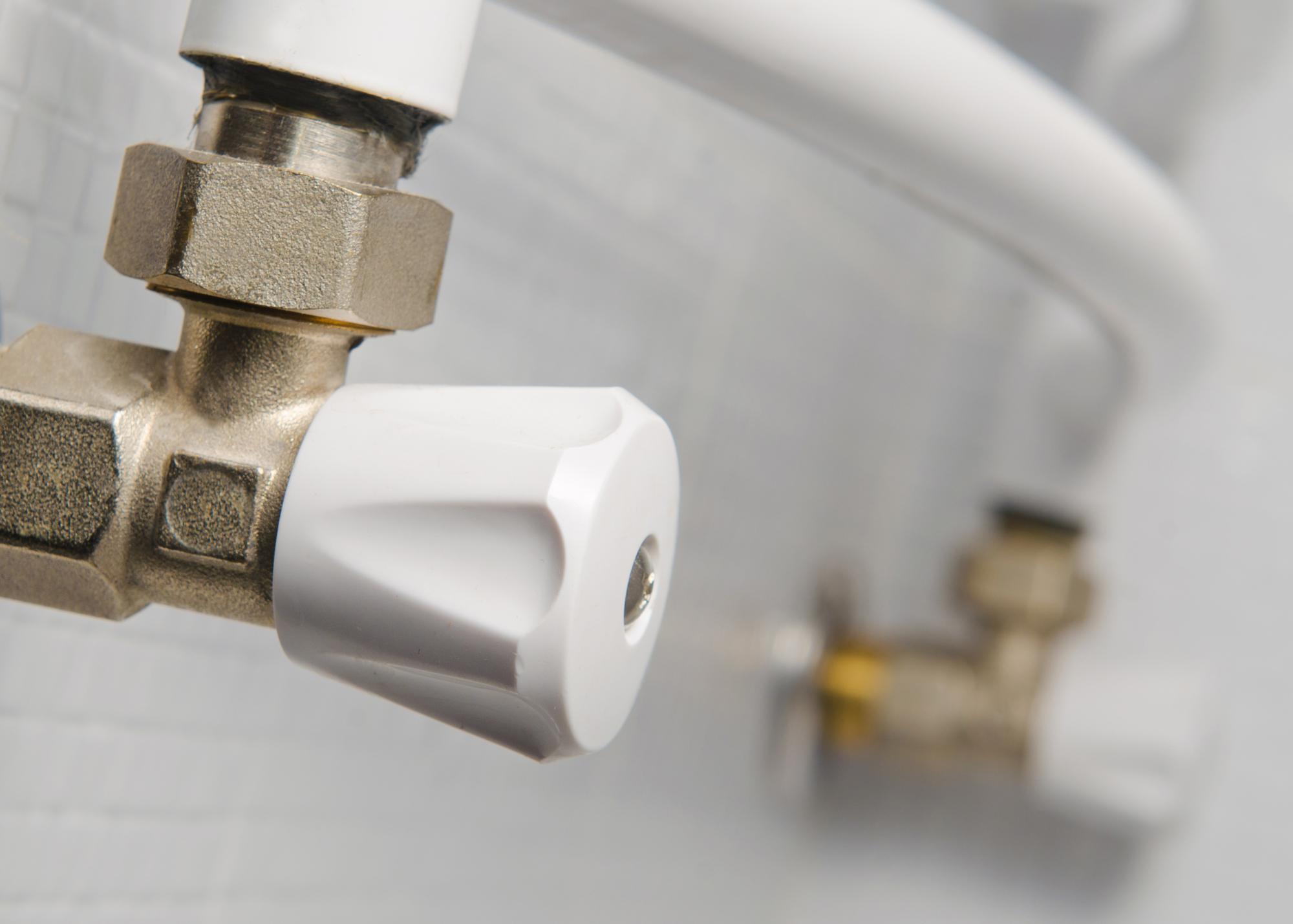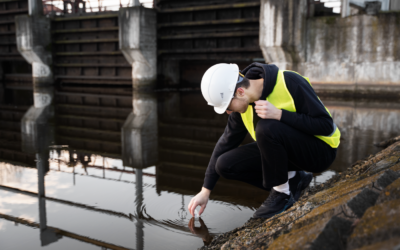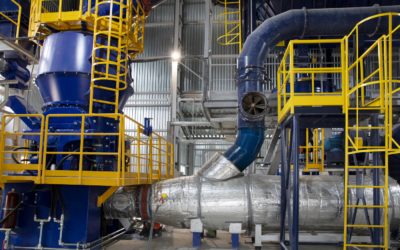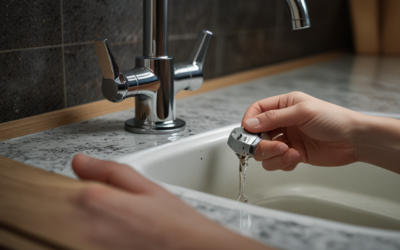As a homeowner, you might rarely think about your plumbing systems as long as the water is flowing smoothly. However, there is a lot more to plumbing than just your sinks, bathtubs, and toilets. In fact, understanding the difference between storm drains and sewers can prevent major headaches and expenses down the line. Let’s dive into the differences between storm drains and sewers.
What are Storm Drains?
Storm drains operate by collecting the stormwater runoff from impervious surfaces, such as roofs, driveways, streets, and parking lots, and diverting the water to local waterways. These waterways and streams typically lead to larger bodies of water, such as oceans and lakes.
Storm drains play a crucial role in preventing flooding and protecting properties and roads from water damage. These drains work by typically collecting rainwater and directing it to large underground pipes, known as storm sewers. These pipes are usually larger in diameter compared to traditional sewer pipes, as they’re designed to handle larger amounts of water that flow during storms.

Many people assume that anything that goes down the storm drains will be filtered at sewage treatment plants. However, that’s not the case. Anything that goes down storm drains, such as oil, paint, litter, or chemicals, will directly end up in our waterways. This makes storm drains an integral part of protecting our environment.
What are Sewers?
Sewers, on the other hand, are designed to carry wastewater, comprising of human waste and graywater from homes and businesses to treatment plants. Treatment plants remove contaminants from the water before releasing it back into the environment.
The sewer system plays a crucial role in protecting public health and the environment. Without an efficient sewer system, waste products would be released directly into the environment, contaminating the air, soil, and water. This would lead to various health hazards and environmental damage.
Sewers deal with a high volume of wastewater on a daily basis, hence the need for constant maintenance, repair, and cleaning. When sewers get clogged, wastewater can back up into homes and businesses, causing a health hazard and property damage.

Storm Drains vs. Sewers: What’s the Difference?
Now that we have a basic understanding of what storm drains and sewers are, let’s look at the differences between them.
Function: As we’ve previously outlined, sewers are designed to carry wastewater from homes and businesses to treatment plants. In contrast, storm drains are designed to direct rainwater and storm runoff to local waterways.
Location: Sewers are primarily located underground, while storm drains are usually found on the surface of roads and streets.
Maintenance: As mentioned earlier, sewers require regular maintenance, repair, and cleaning to prevent clogs and backups. Storm drains, on the other hand, require regular cleaning to prevent litter, debris, and pollutants from entering local waterways.
Pipes: Sewer pipes are typically smaller in diameter and are designed to carry wastewater. In contrast, storm drainpipes are larger in diameter and can handle large volumes of water and debris.
Contaminants: Anything that goes into storm drains will most likely end in our waterways, which can harm the environment. Sewers carry human waste, which contains harmful chemicals and bacteria that must be treated before being released into the environment.
When to Call a Professional for Storm Drains and Sewers
It’s essential to keep your storm drains and sewers clean and clear of debris and contaminants to prevent clogs and backups. Here are signs that indicate that you need to call a professional plumbing company;
– Foul Smells: If you notice any foul smells coming from your drains, it may be a sign of a clogged sewer line.
– Slow Drainage: If you’re experiencing slow drainage, this is typically an early sign of a clog requiring professional attention.
– Wet Spots on Lawn: If there are wet spots on your lawn, accompanied by foul smells, it may be an indication of a clog or backup in your sewer lines.
Conclusion
Understanding the differences between storm drains and sewers is essential for every homeowner. While storm drains prevent flooding and protect homes, sewers protect public health by carrying wastewater from homes and businesses to treatment plants. It’s imperative to keep both systems properly maintained and serviced to prevent costly repairs and backups. When in doubt, always rely on reputable plumbing services for professional help. Don’t hesitate to contact Ace Plumbing Repair at “(844) 711-1590” for all your plumbing needs.






